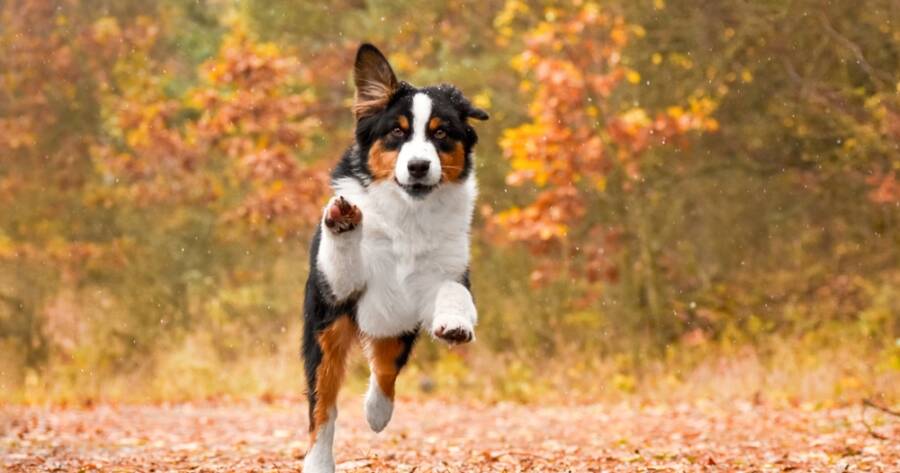A calm moment can quickly turn into a wild blur of fur as a dog suddenly dashes in circles, skids around corners, and zips across the yard with manic energy. Known affectionately as the “zoomies,” this behavior often surprises and delights pet owners. While it may look chaotic, it’s typically a completely normal expression of joy or release. Understanding the causes behind high-speed episodes helps shed light on a dog’s emotional and physical well-being.
What Exactly Are Dog Zoomies?
Dog zoomies are technically referred to as Frenetic Random Activity Periods, or FRAPs. They’re sudden bursts of hyperactive energy where dogs run, leap, spin, and dart in unpredictable patterns. While the behavior can look intense, it’s usually harmless and short-lived, often lasting just a minute or two before winding down.
Zoomies are most common in puppies and young dogs, but any age group can experience them. It’s a completely natural outlet for built-up energy or excitement. Many dogs display zoomies after a bath, during play, or when seeing a beloved person return home. It’s their way of letting loose—and it’s often accompanied by wagging tails, goofy faces, and contagious enthusiasm.
Common Triggers for Zoomies
Zoomies tend to follow moments of physical inactivity or emotional buildup. After being cooped up during the day, a dog may need to release pent-up energy. Similarly, after a stressful or stimulating event—like a bath or vet visit—they might use a sprint session as a pressure valve to decompress.
Joy and excitement also play a role. Dogs may get the zoomies after seeing their leash, playing fetch, or greeting another dog. Some dogs seem to zoom purely from happiness. Triggers vary from dog to dog, but most stem from a need to release physical or emotional tension quickly and dramatically.
When Are Zoomies a Concern?
In most cases, zoomies are normal and healthy. However, there are moments when it’s wise to pay closer attention. If zoomies happen excessively or in inappropriate environments—like inside the house near furniture or stairs—it can create safety risks. Repeated episodes that disrupt daily routines may also point to under-stimulation or excess energy.
Rarely, what looks like zoomies may be a sign of discomfort or medical issues, especially if paired with sudden behavior changes. If a dog’s running seems panicked, uncoordinated, or compulsive, it’s worth speaking with a veterinarian. Trusting your instincts and observing for any out-of-character behaviors can help catch potential problems early.
How to Handle Zoomies Safely
Allowing dogs space to zoom in a secure environment is the best way to embrace this natural behavior. A fenced backyard, an open room free of clutter, or a dog park can provide room to run without injury risk. Try to avoid encouraging zoomies in hazardous areas like staircases, tight hallways, or slippery floors.
If zoomies are happening too often or becoming destructive, a more structured daily routine may help. Incorporating walks, mental games, and interactive toys can reduce the buildup of energy that leads to zooming frenzies. For high-energy breeds, additional outlets like agility or nose work can offer satisfying alternatives that engage both body and brain.
Do All Dogs Get Zoomies?
While zoomies are common, not every dog experiences them. Some breeds or personalities are naturally more reserved and less prone to explosive play. Older dogs may outgrow zoomies or experience them less frequently due to changes in energy levels and mobility. That doesn’t mean they’re any less happy—just that they express it differently.
Each dog is unique, and their behavior reflects that individuality. Some prefer slow tail wags and snuggles, while others burst into full-speed laps around the yard. Whether frequent or rare, zoomies are just one of the many colorful ways dogs express themselves and connect with their environment.
What a Zooming Dog Can Tell You
A dog zipping around the yard like a cartoon character can offer more insight than meets the eye. Zoomies can reflect happiness, relief, overstimulation, or even a cry for more playtime.
While they’re often funny and harmless, paying attention to when and how they happen can give clues into a dog’s emotional and physical needs. With the right environment and understanding, zoomies become more than a goofy habit—they’re a sign of vibrant canine spirit.
